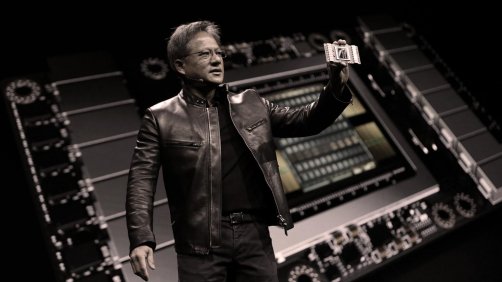Isaac Asimov said: “The saddest aspect of life right now is that science gathers knowledge faster than society gathers wisdom.”
Every decade sees a new cycle of technological innovation: in the 1970s it was personal computers and the microprocessor, in the 1980s it was the modern operating system, the 1990s saw the introduction of the internet, the transition from desktop to mobile occurred in the 2000s, and the 2010s saw the emergence of software and cloud computing. In the 2020s, artificial intelligence has taken over.
The most intriguing part is that AI use is shifting from being a source of distraction that saps productivity (think TikTok) to being a secular productivity tailwind, with large-language models (LLMs) acting as problem-solving reasoning machines. If you’re wondering about the macro and investment implications, we’ve got you covered.
In this conversation with Sean Maher (Entext), we discuss the boom, breakthroughs, and beyond. Putting our heads together has always produced a nice kind of magic.
Here’s what you’ll learn:
1. Google CEO Sundar Pichai said AI is more important than fire or electricity. McKinsey compared it to the steam engine and a new industrial revolution. While Yuval Noah Harari worries that we have summoned alien intelligence, putting mankind in danger. Where are we in the AI hype cycle?
2. AI’s progression is following an exponential curve, not a liner one, meaning that advances may come much faster than expected. Will the investment community and public be blindsided by how quickly AI transforms society and the economy? How does AI fit into the productivity J-curve?
3. We tend to overestimate the change that will occur in the next two years and underestimate change that will occur in the next ten. What are some warning signs we should watch out for that we have reached the peak of inflated expectations?
4. Elon Musk said, “At this point GPUs are considerably harder to get than drugs.” That won’t always be the case. Ultimately, this is still about supply and demand. How big is Nvidia’s lead? To what extent will their offering be commoditized?
5. Jensen Huang sees the beginning of a 10-year transition to basically recycle or reclaim the world’s data centers and build it out as accelerated computing. How do we make compute more efficient? What is the risk that far less hardware intensive AI models may start to dominate?
6. A key problem in AI replicating human cognitive function lies in energy usage and memory efficiency. So the ‘picks and shovel’ opportunity in AI cloud hardware capex isn’t just about GPUs but also next generation memory which is in Asia rather than the US. Which stocks to own?
7. America’s technological leadership is not secure. China is innovating fast and is fully capable of winning the AI race. What breakthroughs are Huawei and Alibaba pursuing?
8. Will AI lead to a structural rise in unemployment? Who are the losers from the breakthrough in “language as code”? What is the future of search?
9. Can we extend the AI windfall into robotics, allowing any company to easily program generic hardware? What is Moravec’s paradox? We discuss the implications for R&D productivity from materials to drug development.
10. The internet allows for zero marginal cost distribution of information. AI is now basically enabling zero marginal cost generation of information. The world is going to get a lot noisier. How do we cope?
And a whole lot more. You can watch the full conversation here.







